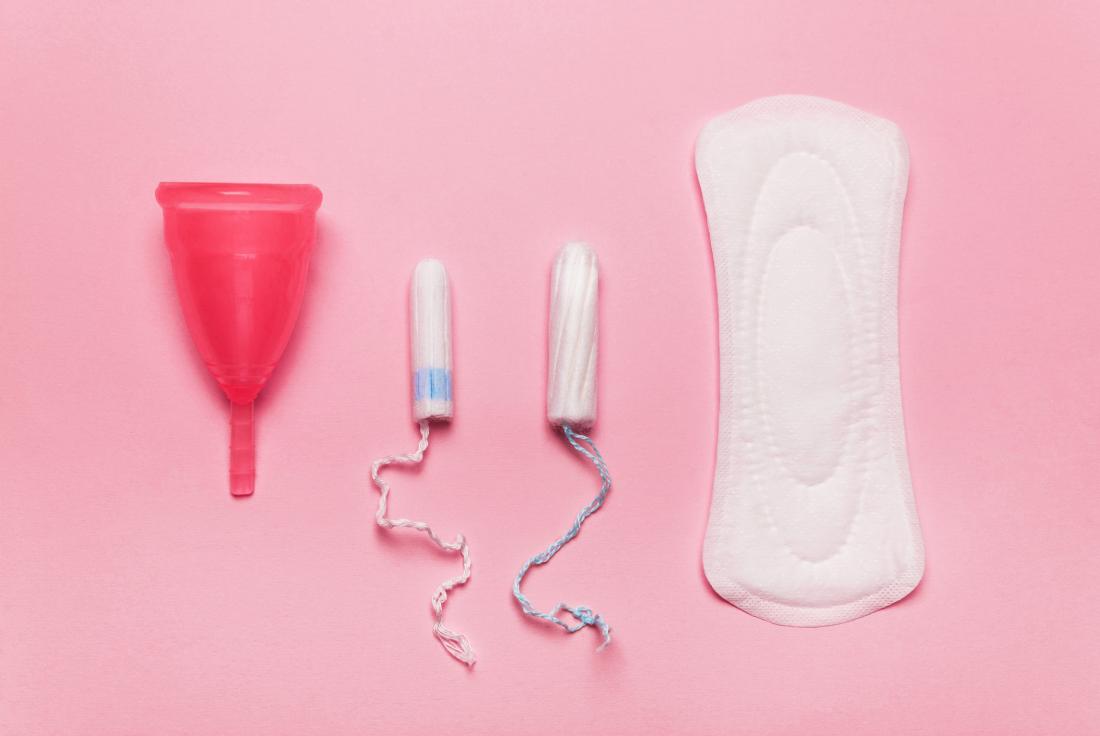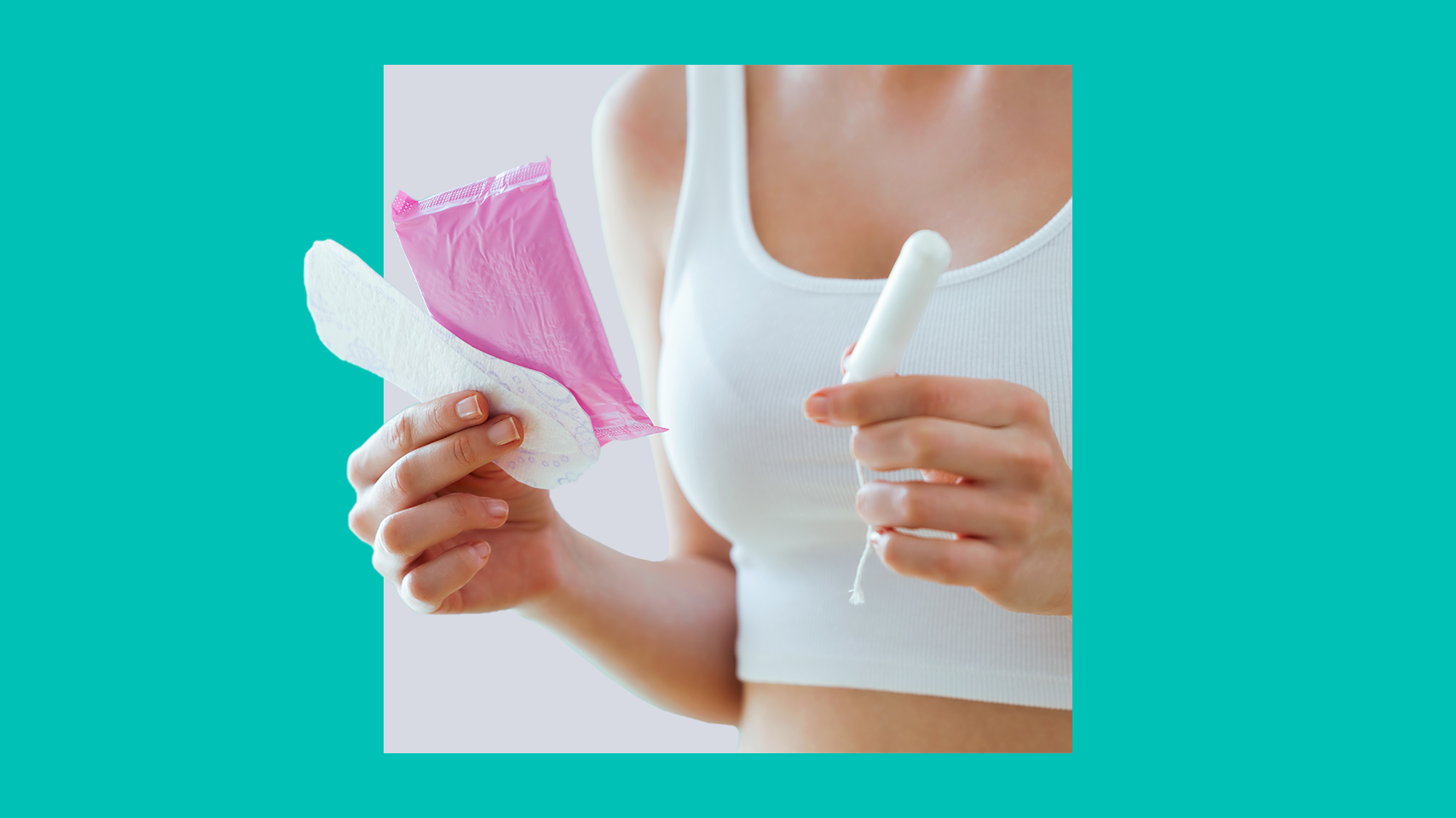When it comes to choosing between tampons and pads, it ultimately boils down to personal preference. Both have their own unique advantages and it’s important to find what works best for you. In this article, we’ll explore the pros and cons of both options, so you can make a choice that fits your needs and lifestyle.
Contents
Are Tampons Better Than Pads?

When it comes to the debate of tampons vs pads, it’s important to remember that both options have their advantages. However, in certain situations, tampons may prove to be a better choice for you. Let’s explore some key factors to consider before making a decision.
1. Comfort and Discretion
One of the main benefits of tampons is their discreet and comfortable nature. Unlike pads, which can sometimes feel bulky and noticeable, tampons are inserted into the vagina, making them virtually undetectable. This can provide a sense of freedom and confidence, especially during physical activities or when wearing tight-fitting clothing. Additionally, tampons can be more comfortable for some individuals, as they don’t create the sensation of “wearing a diaper” like some pads might.
2. Movement and Active Lifestyles
If you lead an active lifestyle, tampons can be a game-changer. They allow for greater freedom of movement, as they stay securely inside the body, eliminating the worry of shifting or bunching up like pads sometimes can. Whether you’re hitting the gym, going for a swim, or participating in any physical exercise, tampons offer convenience and peace of mind.
3. Absorbency and Duration
Tampons come in different sizes and levels of absorbency, allowing you to choose the option that best suits your flow. They have the advantage of being able to absorb menstrual fluid directly at the source, preventing leakage effectively. Additionally, tampons can typically be worn for up to eight hours, depending on your flow, before needing to be changed, making them a convenient choice for those with busy schedules.
4. Comfort during Sleep
Many women find that using tampons during sleep provides them with a more comfortable and uninterrupted night’s rest. With the right absorbency, a tampon can provide protection and prevent leakage during the night, allowing you to sleep peacefully without worrying about accidents or discomfort.
Important Note
Remember, the choice between tampons and pads ultimately comes down to personal preference. What works for one person may not work for another. It’s essential to consider factors such as comfort, activity level, absorbency needs, and personal comfort during sleep. Ultimately, the goal is to find the option that best suits your needs and lifestyle.
So when it comes to the question of “Are tampons better than pads?” the answer is, it depends on your individual preferences and needs. Consider the factors mentioned above, and make an informed decision
Comparing Tampons and Pads
When it comes to managing your period, you have a few options, with tampons and pads being the most common choices. Both tampons and pads have their pros and cons, so it ultimately comes down to personal preference. Let’s compare tampons and pads in terms of absorbency, comfort and freedom of movement, disposal and environmental impact, and cost.
1. Absorbency
One of the key factors to consider when choosing between tampons and pads is absorbency. Tampons are inserted into the vagina and can absorb menstrual flow directly at its source. They come in different absorbency levels to match your flow, ranging from light to super. On the other hand, pads are worn externally and stick to your underwear. They absorb menstrual flow as it leaves your body.
When it comes to absorbency, pads generally have an edge over tampons. Depending on the size of pads used, they can absorb and retain more menstrual flow compared to tampons. This can be particularly beneficial on heavy flow days or nights when you don’t want to worry about leakage. It’s important to note that both tampons and pads should be changed regularly to maintain hygienic conditions.
2. Comfort and Freedom of Movement
Comfort is key when it comes to managing your period. Tampons are discreet and comfortable to wear, as they are inserted into the vagina and are not easily seen under clothing. They don’t give the feeling of wearing a diaper like pads can sometimes do. Tampons are also smaller in size, making them easier and more discreet to carry around.
Pads, on the other hand, are easy to use as they simply stick onto your underwear and don’t require any sort of insertion. Some people find pads more comfortable to wear, as they provide an external method of absorbing menstrual flow. They also allow for more freedom of movement, as they don’t have any strings or applicators that can cause discomfort or restrictions.
3. Disposal and Environmental Impact
Disposal and environmental impact are important considerations when choosing menstrual products. Both tampons and pads are disposable, but their impact on the environment differs.
Tampons are typically made with cotton, rayon, or a combination of both, while pads are usually made with absorbent materials like cotton and super absorbent polymers. Unfortunately, many disposable pads and tampons contain plastic, which takes years to break down and degrade in landfills. This contributes to environmental pollution and the accumulation of plastic waste.
If you’re concerned about the environment, there are alternative options available. Reusable cloth pads and menstrual cups are eco-friendly alternatives to disposable tampons and pads. They can be washed and reused, reducing waste and environmental impact.
4. Cost
Cost is another factor to consider when choosing between tampons and pads. Tampons tend to be more expensive upfront, as you need to continuously purchase new boxes. However, the overall cost might be lower in the long run if you opt for reusable options like menstrual cups. On the other hand, pads are generally more affordable upfront, but the ongoing cost can add up over time.
Ultimately, the choice between tampons and pads boils down to personal preference. Consider factors such as absorbency needs, comfort, freedom of movement, disposal and environmental impact, and cost when making your decision. Remember, there’s no right or wrong choice – it’s all about finding what works best for you during your period.
The Importance of Personal Preference

When it comes to the decision between using tampons or pads, it’s crucial to remember that personal preference plays a significant role. Every individual is unique, and what works for one person may not work for another. Understanding and respecting your own needs is key to finding the right menstrual product for you.
Here are a few reasons why personal preference matters:
- Comfort: Your comfort should be a top priority when choosing between tampons and pads. Some people prefer the discreet and lightweight nature of tampons, while others find pads more comfortable and less invasive. Consider your daily activities and how each option will affect your overall comfort throughout the day.
- Experience: Personal experience also plays a role in your preference. If you have been using one type of menstrual product for a significant period and feel satisfied with the results, there might be no need to switch to a different option. However, if you are new to menstruation or looking for a change, it is worth exploring both tampons and pads to see which one feels more comfortable and convenient for you.
- Choice of Absorbency: Tampons and pads come in various levels of absorbency to cater to different flow levels. Some people prefer tampons for heavy flow days as they offer better absorbency, while others may opt for pads for lighter days. Consider your flow patterns and choose the appropriate absorbency level that will keep you feeling fresh and protected throughout the day.
- Menstrual Health: Personal preferences can also be influenced by individual menstrual health concerns or conditions. For example, if you have a sensitive vaginal area, you may find that tampons cause discomfort or irritation. In such cases, pads may be a more suitable choice. It’s essential to prioritize your menstrual health and choose the product that promotes your comfort and well-being.
Remember, there is no right or wrong answer when it comes to choosing between tampons and pads. The most important thing is to listen to your body and prioritize your own comfort and needs. By understanding your personal preferences, you can make a confident decision that will ensure a comfortable and stress-free period experience.
Frequently Asked Questions
Do tampons make periods last longer?
Tampons can block some menstrual flow, which may extend the duration of bleeding. Some people feel that using sanitary pads can help their period to end sooner.
What is the appropriate age for tampons?
There are no specific rules regarding the age when girls can start using tampons. The myth that tampons affect virginity is false.
What are the advantages of pads over tampons?
Pads are easy to use and provide a visible indication of when they need to be changed. Many girls switch between tampons and pads based on their circumstances and menstrual flow.
Does free bleeding shorten periods?
While there is some evidence suggesting free bleeding could speed up the end of the menstrual cycle, there is no scientific proof of its effectiveness.
Are tampons safe?
Regular tampons have minimal levels of potentially harmful toxins and are generally considered safe. Toxic Shock Syndrome (TSS) can occur with any type of tampon, although it is rare.
I am a medical student with experience and interest in Women’s health and well-being.